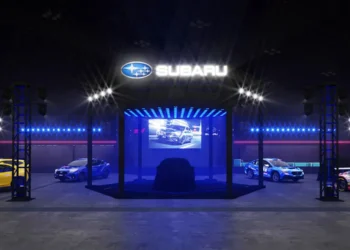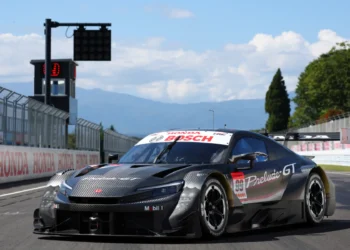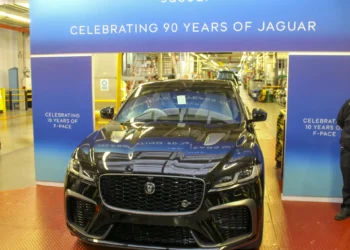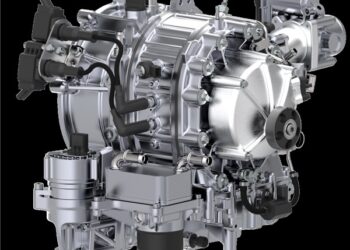Jaguar, a brand revered for its iconic designs and sports sedans, is facing a reckoning after nearly 80 years in the automotive industry. Once synonymous with luxurious, fast cars, the company now finds itself at a crossroads, having discontinued almost its entire lineup. What led to this drastic downfall, and how did a brand that appeared poised for success just a few years ago end up in this precarious position?
Since 1966, Jaguar has changed hands four times, with its most recent owners—Ford and Tata Motors—struggling to steer it toward profitability. But Jaguar’s issue wasn’t a lack of identity. For decades, it was known for its sleek sports coupes and luxury sedans, a staple of British automotive elegance. The real problem was that in today’s market, even a brand as legendary as Jaguar couldn’t survive on sedans and sports cars alone.
Ironically, Jaguar was ahead of the curve in recognizing this. After Tata Motors acquired the company in 2008 and paired it with Land Rover, Jaguar quickly diversified its lineup. It added competitive sedans to rival German automakers, launched the F-Type sports car, and even entered the electric vehicle market with the I-Pace crossover. For a moment, it seemed Jaguar had found a winning formula. Sales surged between 2011 and 2018, and the future looked bright.
But by 2022, sales had plummeted to levels not seen in years. Despite a lineup that seemed robust and future-facing, Jaguar couldn’t compete on price, particularly in hotly contested segments like SUVs, where Land Rover dominated. Unable to carve out a niche, Jaguar’s dream of high-margin profitability was stymied by its own sister brand.
The result? Today, Jaguar has discontinued every model except the F-Pace SUV, and even that is expected to be phased out soon. The decision is part of a broader strategy by Jaguar Land Rover (JLR) to reorganize around Land Rover and take yet another risk on Jaguar—this time by going all-electric and moving upmarket to compete with luxury brands like Bentley and Porsche. It’s a high-stakes bet, with the specter of Lotus—a brand attempting a similar pivot—looming large as a cautionary tale.
Jaguar’s rise and fall over the past decade is a fascinating case study in the volatile nature of the automotive industry. The brand took bold risks, launching a lineup that was as competitive as it was diverse. Take the Jaguar XE, for instance. The XE wasn’t just a contender—it was better than the BMW 3 Series in many ways. With a sharper interior, a more powerful engine, and a finely tuned eight-speed transmission, the XE stood out from the crowd, delivering a driving experience that rivaled the best Germany had to offer.
The F-Type, another standout, competed admirably against the Porsche 911 and Chevrolet Corvette. While its sales numbers were modest, it gave Jaguar a much-needed halo product, complete with a roaring V-8 engine and the option of a manual transmission. Jaguar’s lineup was competitive across the board, from the XF and XJ sedans to the forward-thinking I-Pace electric crossover.
And yet, despite the strength of its lineup, Jaguar’s ambitious gamble ultimately failed. The company couldn’t turn a profit, and the rise of Land Rover within JLR created internal competition that Jaguar simply couldn’t overcome. The decision to bet big on sedans and sports cars didn’t pay off, and now Jaguar is back to square one.
Jaguar’s move to go all-electric is its latest attempt to reinvent itself. The brand plans to reposition itself as a competitor to the likes of Bentley and Porsche, abandoning its traditional focus on sports sedans and coupes. It’s a radical shift, and one that mirrors the challenges facing the broader automotive industry as it grapples with the transition to electric vehicles.
As Jaguar embarks on this new chapter, its recent history serves as a reminder of the risks and rewards of ambition in the automotive world. The company’s bold move to diversify its lineup and embrace new technology defined the last decade, even if it ultimately led to failure. Whether Jaguar’s next gamble will pay off remains to be seen, but one thing is certain: the brand’s legacy of taking risks isn’t going anywhere.










